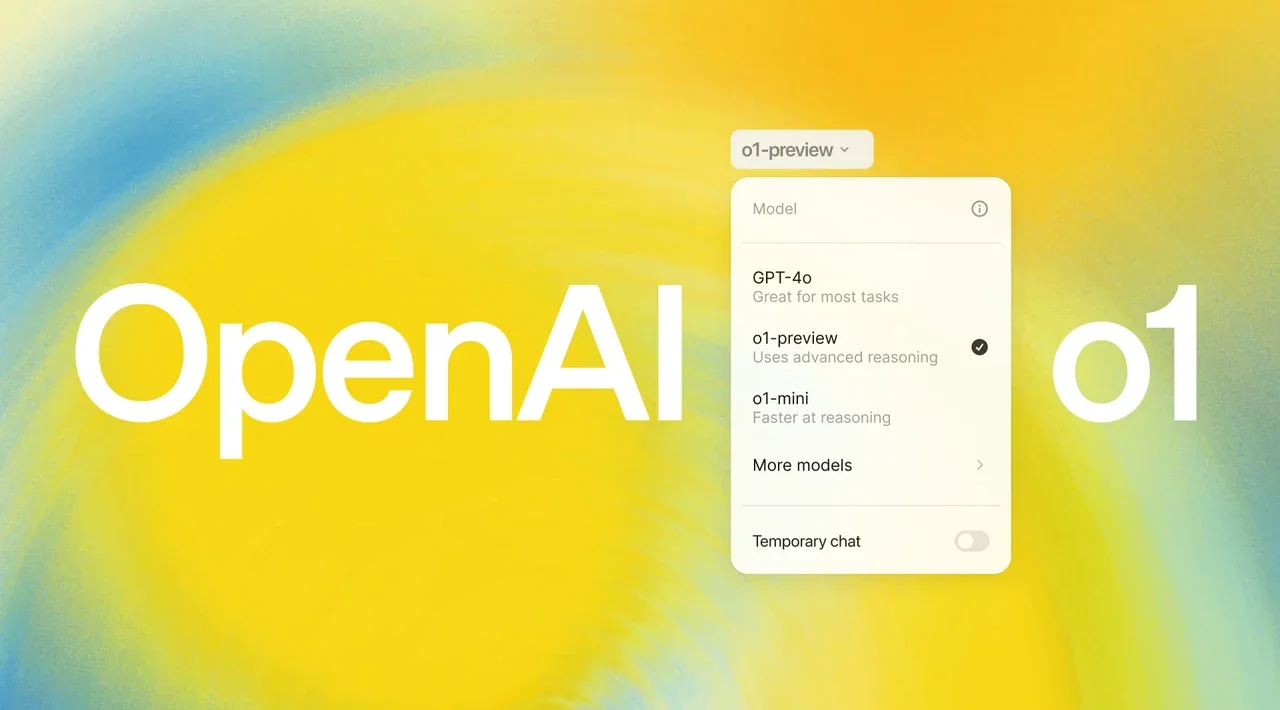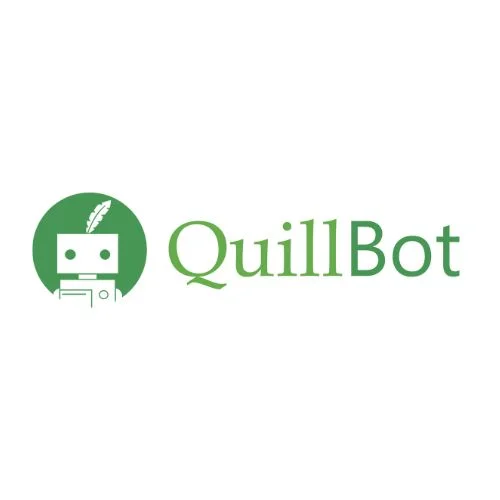Unveiling the potential of OpenAI’s O1 model: a game changer for coding and AI-driven solutions!

OpenAI just dropped a bombshell with their new model, O1, and it’s shaking up the coding world. I mean, I thought we were hitting a plateau, but this model is on another level!
This isn’t just another upgrade; OpenAI O1 represents a whole new way of thinking—literally. It’s smashing past benchmarks in math, coding, and even PhD-level science. Sam Altman had a strong message for the skeptics: “I’m always two steps ahead.”
Before we start worrying about job security, let’s be clear: O1 isn’t about to replace programmers just yet. It’s not ASI (Artificial Super Intelligence) or even AGI (Artificial General Intelligence). It’s not even GPT-5, folks! OpenAI has kept the juicy details under wraps, but we’ll dig into what we do know.
Originally, everyone was buzzing about names like GPT-5 and QStar. But O1 came out of nowhere, earlier than expected. This model, which stands for “Oh, we’re all going to die,” boasts impressive gains over GPT-4. It’s particularly shining in PhD-level physics and coding challenges.
For instance, in coding competitions, O1 went from the 49th percentile to the 93rd. That’s a massive leap! But hold on—OpenAI is also partnering with Cognition Labs, which aims to replace programmers. Spooky, right?
So, how does this “deep-thinking” model actually work? OpenAI has released three versions: O1 Mini, O1 Preview, and the locked-up O1 Regular. The catch? We only get access to the Mini and Preview versions, with hints of a $2,000 premium plan for the full experience.
O1 uses reinforcement learning to tackle complex problems. Essentially, it thinks through a problem step-by-step before providing an answer. Imagine having a mini brainstorming session right in your coding environment! This method helps reduce errors, but it also means responses take longer to compute.
OpenAI shared some mind-blowing examples of O1 in action. One user made a playable snake game in a single shot! But when I tried to see how it handled a simple coding project, things got real. O1 produced a game that seemed flawless at first but quickly led to infinite loops and bugs.
When I asked O1 to recreate a classic DOS game, it looked promising at first. It followed the game requirements, but the app was riddled with issues. The user experience was clunky, and I ended up stuck in a loop. Not exactly the perfect gaming experience!
Despite its capabilities, O1 isn’t the magic solution everyone hopes for. It’s still just a tool, like GPT-4, with some fancy self-prompting features. Sure, it has potential, but we’re not witnessing a revolution just yet.
In the end, O1 is like a shiny new toy for coders, but we shouldn’t get carried away. Remember when horses thought cars were a passing trend? Yeah, it’s a bit like that.
As we keep an eye on O1’s developments, it’s crucial to remain cautious. AI coding tools can enhance our capabilities, but they won’t replace the creativity and intuition of human programmers anytime soon.
Stay tuned for more updates on this evolving story!
Subscribe and get 3 of our most templates and see the difference they make in your productivity.
Includes: Task Manager, Goal Tracker & AI Prompt Starter Pack
We respect your privacy. No spam, unsubscribe anytime.

AI tool that improves writing with smart paraphrasing, grammar checks & image generation.

Build full-stack, production-ready software using plain-language prompts—no coding needed.

AI tool organizes your inbox by automatically sorting emails and reducing clutter.